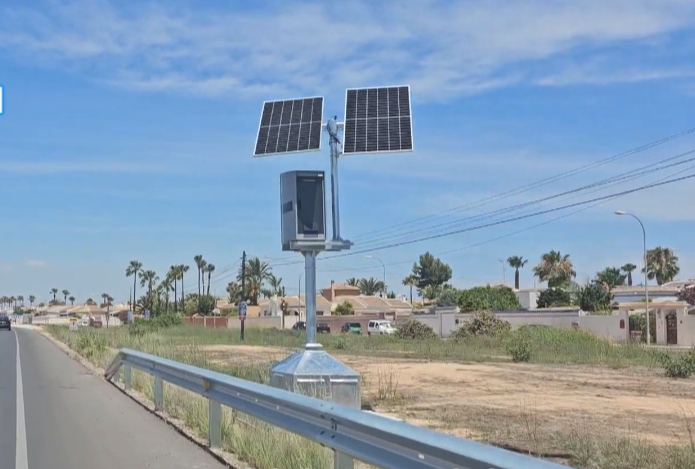Nobody want to get a speeding fine, but the simple solution to avoiding one, is to adhere to the rules of the road, and not exceed the speed limit. It is also worth noting that speed cameras are generally installed in areas which have seen a higher number of incidents, and potential fatalities, and so these devices are intended as much as a precautionary measure, and they are for fining people, as the financial burden only applies to those who don’t heed that warning, putting themselves, and others, at risk.
It must also be noted that a speed camera is not only to protect a short distance on the road, but the entire span, with modern cameras monitoring both sides, and some along a considerable distance, so braking when you see one, which in itself is an offence, will not necessarily relieve you of that financial penalty. Modern cameras also monitor more than just speed, including mobile phone use and seat belts.
Love them or hate them, speed cameras save lives, and despite that, there are a few people who take it upon themselves to cause them damage, thus putting more lives at risk. That is why the penalties for causing damage to these devices are so severe. But, if the risk of a financial sanction doesn’t quell these drivers, the risk of criminal proceedings also seems to evade them.
Now, the General Directorate of Traffic (DGT) has launched an investigation to identify and arrest those responsible for the recent wave of vandalism of radars on several conventional roads in the country. Seven devices have been sabotaged on different conventional roads in four autonomous communities. Two of them on roads in the Community of Madrid, two in Castilla-La Mancha, two in Castilla y León and one in the Valencian Community.

The damage to these radars not only represents a serious economic loss to the perpetrators, but also constitutes a crime of damage under the Criminal Code. Vandalism against radars is covered by articles 263 to 267 of the Criminal Code.
Specifically, Article 263.2 establishes an aggravated type of crime of damage, which is committed when these characteristics occur, “when the damage is intended to prevent the free exercise of authority or is carried out as a consequence of actions carried out by the authority in the exercise of its functions”.
The penalties provided for in this article for offenders who damage radars may range from 1 to 3 years in prison, in addition to fines ranging from 12 to 24 months.
In addition to the criminal consequences, the perpetrators will have to bear the financial cost of the damage. According to the DGT, the value of each fixed radar amounts to approximately 67,000 euro, while the section radars cost around 66,000 euro.
Vandalism against radars can also be classified under Article 267 of the Criminal Code. It provides that “damage caused by gross negligence in an amount exceeding 80,000 euro shall be punished with a fine of three to nine months, depending on the importance of the damage.”
Faced with this wave of vandalism, the DGT does not intend to sit idly by in the affected areas and is actively searching for those responsible. To stop this wave of attacks, the Guardia Civil has intensified surveillance in the areas where the radars are installed. In addition, security cameras have been installed that are connected in real time to the DGT Management Centres. Now, any attempt at sabotage will be detected instantly and the police will respond immediately by sending patrols to the scene of the incident.
Discover more from N332.es - Driving In Spain
Subscribe to get the latest posts sent to your email.

You must be logged in to post a comment.